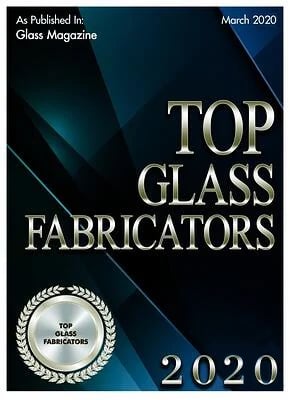Frequently Asked Questions
Everything you need to know about interior commercial glass fabrication...and more!
What different glass edge options does Dillmeier Glass offer?
We produce superior flat polish, pencil polish, mitered and beveled edgework.
What is the difference between annealed and tempered glass?
Tempered glass is annealed glass that has been put through a tempering process that makes it safer and 4x stronger than annealed glass. If tempered glass breaks it will shatter into tiny pieces that are not harmful. Dillmeier Glass is a certified SGCC tempering company. Tempering does not change the size of the glass. Click here to learn more about these two glass types and their accompanying differences.
What is the difference between low iron glass and clear glass?
Regular clear glass is also known as float glass due to the way the glass is produced out of a molten pool of liquefied glass. Glass manufacturers can modify the formula of the molten glass by reducing the iron content without changing the structure of the glass. With less iron, the glass’s light transparency goes from 92-93%, and light transmission increases to about 98%. Common product names for low iron glass are Starphire, Opti-white, Diamonte and Ultra white. When an application calls for the edge of the glass to be prominent, many designers specify low iron glass. To learn more, click here.
Does all tempered glass come with the Tempered logo?
No. We only place the tempering logo on glass when a customer requests it. Dillmeier Glass is an SGCC certified tempering company that has its products tested bi-annually.
What is acid etched glass? Does Dillmeier Glass stock acid etched glass?
Acid etched glass is annealed glass treated with acid to permanently change its surface. The process can be done on entire sheets or customized for specific patterns. Because of its very durable surface, acid etched glass can be cut into any shape or size and then tempered. Dillmeier Glass stocks acid etched glass in all thicknesses, as well as regular green and low iron glass.
What shipping options does Dillmeier offer?
We ship worldwide, using full truckloads, LTL shipments and local deliveries to service our customers. Our dedicated crating department specializes in building customized, sturdy crates for each unique shipment.
Does Dillmeier Glass stock mirrors?
Yes. We fabricate all glass products, including mirrors. We stock 3/16″ and 1/4″ clear, low-iron, and acid etched mirrors in large sheets cut to your specifications. We also carry CATEGORY II, safety-backed mirror in stock sheets.
What is the tempering process?
To prepare glass for tempering, we first complete all fabrication – cutting, edging, and drilling. We then feed the fabricated glass into the tempering oven, heating it to about 1,200F for a specific amount of time depending on its thickness. After the heating cycle, the glass moves into the cooling process, or quench area, where high-powered fans blow air on the top and bottom surfaces simultaneously.
Quenching cools the outer surfaces of the glass much more quickly than the center. As the center of the glass cools, it tries to pull back from the outer surfaces. As a result, the center remains in tension, and the outer surfaces go into compression, giving the tempered glass its strength and ensuring that if broken, it will shatter into small, harmless pieces.
Can you cut tempered glass?
All glass cutting must be done before glass is tempered. However, if a piece of tempered glass is just a hair too big (up to a 1/4″), we can take off up to an 1/8” per edge.
Does Dillmeier Glass UV Bond, back paint, silkscreen, sandblast and clear coat glass?
Yes. We carry out all the above processes in-house. Please click here to see some of our completed glass work.




